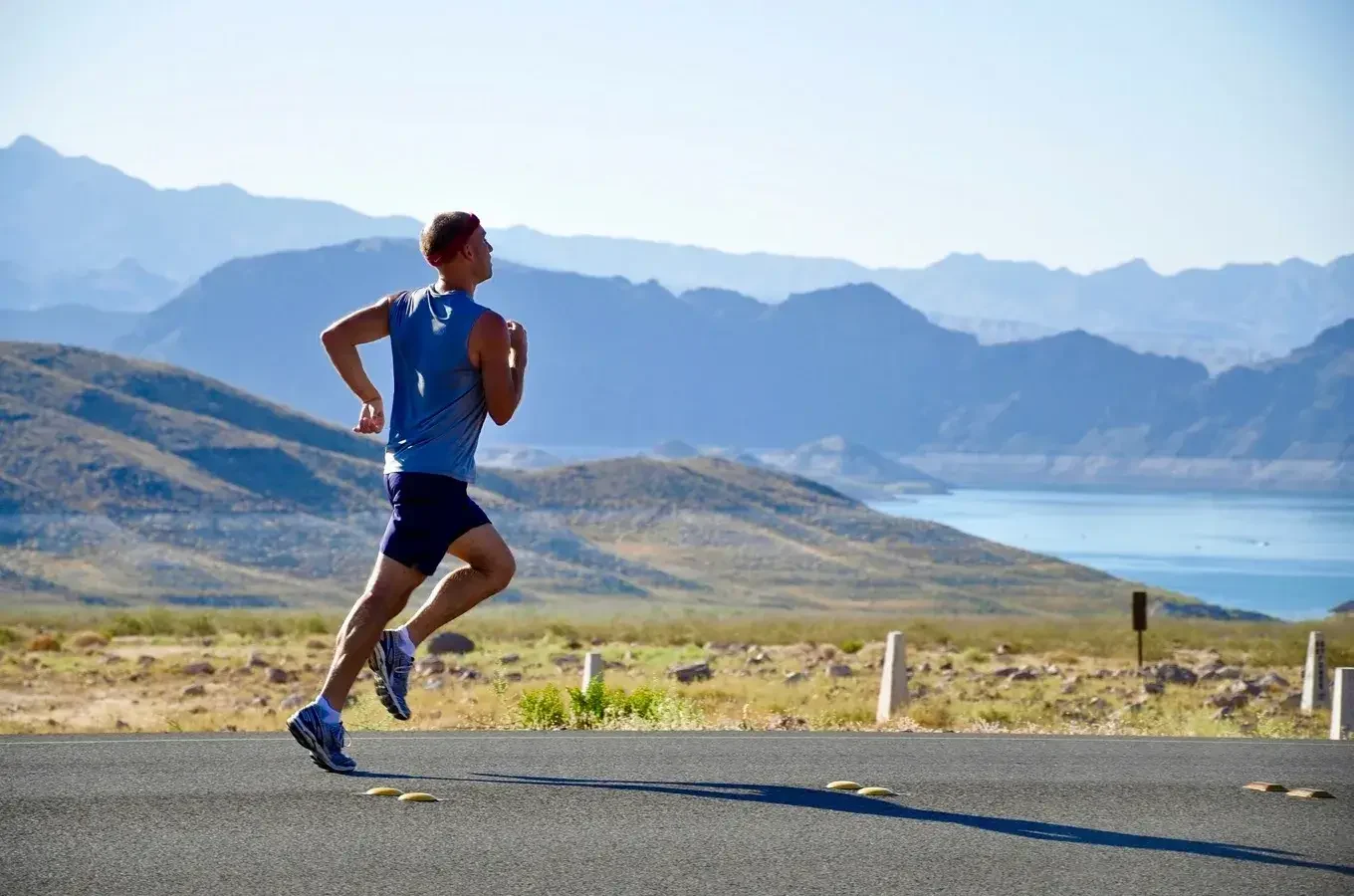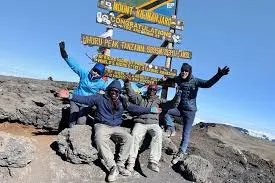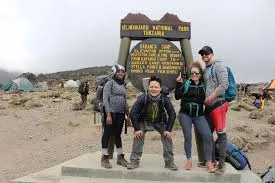How to Prepare Physically for a Kilimanjaro Trek
Climbing Mount Kilimanjaro is an exciting challenge, but it requires serious physical preparation. With Capable Africa Tours, you’ll receive expert guidance to develop the stamina, strength, and mental toughness essential for a successful summit. This guide includes training plans, cardio and strength exercises, altitude preparation, and nutrition tips for a 6 to 9 day trek to Uhuru Peak.
Plan Your Kilimanjaro Trek Now
Your Kilimanjaro Training Plan: Step-by-Step
Preparing physically for a Kilimanjaro trek requires a structured approach to build endurance, strength, and mental resilience. With Capable Africa Tours, we recommend starting your training 3–6 months before your climb, depending on your current fitness level. Below is a detailed training plan to get you summit-ready for a 6–9 day trek to Kilimanjaro’s Uhuru Peak (5,895m/19,341ft).
Training Timeline
| Timeframe | Focus | Weekly Activities | Duration |
|---|---|---|---|
| Months 6–4 | Build Base Fitness | Cardio (running, cycling) 3–4x/week; strength training 2x/week | 30–60 min/session |
| Months 3–2 | Increase Endurance | Long hikes (4–6 hours) 1–2x/week; cardio 4x/week; strength 2–3x/week | 45–90 min/session |
| Month 1 | Peak Training | Back-to-back hikes (6–8 hours) with 10kg backpack; cardio 5x/week | 60–120 min/session |
| Last 2 Weeks | Taper & Recover | Light cardio 3x/week; short hikes (2–3 hours); stretching | 20–45 min/session |
Key Training Components
- Cardiovascular Fitness: Aim for 3–5 sessions weekly of running, cycling, or swimming (30–60 minutes, 60–80% max heart rate). Example: Run 5–8km at a steady pace.
- Strength Training: Focus on lower body and core with squats, lunges, step-ups, and planks (2–3 sessions/week, 10–15 reps/set).
- Endurance Hikes: Practice 4–8 hour hikes with a 10kg backpack on varied terrain to simulate Kilimanjaro’s trails.
- Altitude Simulation: Use stair climbing or altitude masks to mimic high-altitude conditions.
- Flexibility & Recovery: Incorporate yoga or stretching (2x/week) to prevent injuries and improve recovery.
A 2019 study by Kilimanjaro operators showed that trekkers who trained for 3+ months with regular hikes had a 95% summit success rate compared to 70% for those with minimal preparation.
Why Physical Preparation Matters for Kilimanjaro
Climbing Kilimanjaro is a physically demanding challenge. You will hike for 5 to 8 hours each day, and the summit day can last 10 to 14 hours. Proper preparation lowers the chances of injury, altitude sickness, and fatigue. This way, you can enjoy the journey with Capable Africa Tours. Here’s why getting in shape is essential:
- Endurance for Long Hikes: Kilimanjaro’s routes cover 60–80km over 6–9 days, requiring sustained stamina.
- Altitude Adaptation: Training improves oxygen efficiency, reducing the risk of Acute Mountain Sickness (AMS).
- Injury Prevention: Strong muscles and joints handle uneven terrain and steep descents better.
- Mental Resilience: Physical fitness boosts confidence, helping you push through tough moments.
Climbers with Capable Africa Tours often report that consistent training made them feel more in control and energized, enhancing their overall trekking experience.
Visualize Your Kilimanjaro Training Journey
Get inspired and see what it takes to prepare for Kilimanjaro with Capable Africa Tours. Watch this video to explore training tips and the stunning landscapes awaiting you.
Practical Tips for Kilimanjaro Physical Prep
Preparing physically for Kilimanjaro is key to handling the long trekking days, steep ascents, and high altitude. While you don’t need technical climbing skills, good endurance, strength, and stamina will make your climb more enjoyable and increase your chances of reaching the summit. Training should begin several weeks to months before your trek. Here are some practical tips to help you get physically ready for a 6–9 day Kilimanjaro climb with Capable Africa Tours.
- Start Early: Begin training 3–6 months out to build fitness gradually and avoid burnout.
- Mimic Trek Conditions: Hike with a 10kg backpack on hills or stairs to replicate Kilimanjaro’s demands.
- Hydration Practice: Train while drinking 4–5L of water daily to get used to high fluid intake.
- Altitude Prep: If possible, train at elevation (2,000m+) or use altitude simulation tools.
- Nutrition Focus: Eat a balanced diet (60% carbs, 20% protein, 20% fat) and test energy snacks during hikes.
- Rest & Recover: Schedule rest days and prioritize sleep (7–8 hours/night) to aid muscle recovery.
Pro Tip: Join a local hiking group or work with a trainer familiar with high-altitude treks to stay motivated and get personalized feedback.
Recommended Nutrition for Kilimanjaro Training
Proper nutrition plays a key role in preparing your body for the physical demands of climbing Kilimanjaro. A balanced diet that supports endurance, strength, and recovery will help you get the most out of your training. Focus on whole, nutrient-rich foods and maintain consistent hydration to build energy reserves and improve performance. Here are the main nutrition guidelines for effective Kilimanjaro training with Capable Africa Tours.
Daily Nutrition Breakdown
| Nutrient | Percentage | Examples | Daily Intake (Example) |
|---|---|---|---|
| Carbohydrates | 60% | Whole grains, oats, rice, sweet potatoes | 300–400g (1,200–1,600 kcal) |
| Protein | 20% | Chicken, fish, eggs, legumes | 100–120g (400–480 kcal) |
| Fats | 20% | Nuts, avocado, olive oil | 60–80g (540–720 kcal) |
Hydration: Drink 3–4L of water daily during training, increasing to 4–5L on the trek. Add electrolyte tablets to maintain sodium and potassium levels.
Snacks for Training: Pack high-energy snacks like nuts (200 kcal/30g), energy bars (250 kcal/bar), or dried fruit (150 kcal/50g) to test what works for you.
Ready to Conquer Kilimanjaro?
Train smart and trek with confidence with Capable Africa Tours. Our expert guides, tailored itineraries, and comprehensive training advice ensure a safe, unforgettable climb to Kilimanjaro’s summit.
- 98% summit success rate with expert guides
- Customized training advice for all fitness levels
- Eco-friendly treks supporting local communities
- All-inclusive packages with meals and transfers
- Flexible routes (Marangu, Machame, Lemosho)
Limited spots for Kilimanjaro treks — book now to secure your adventure!
Plan Your Trek Now


